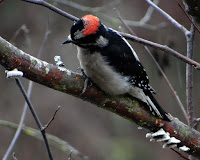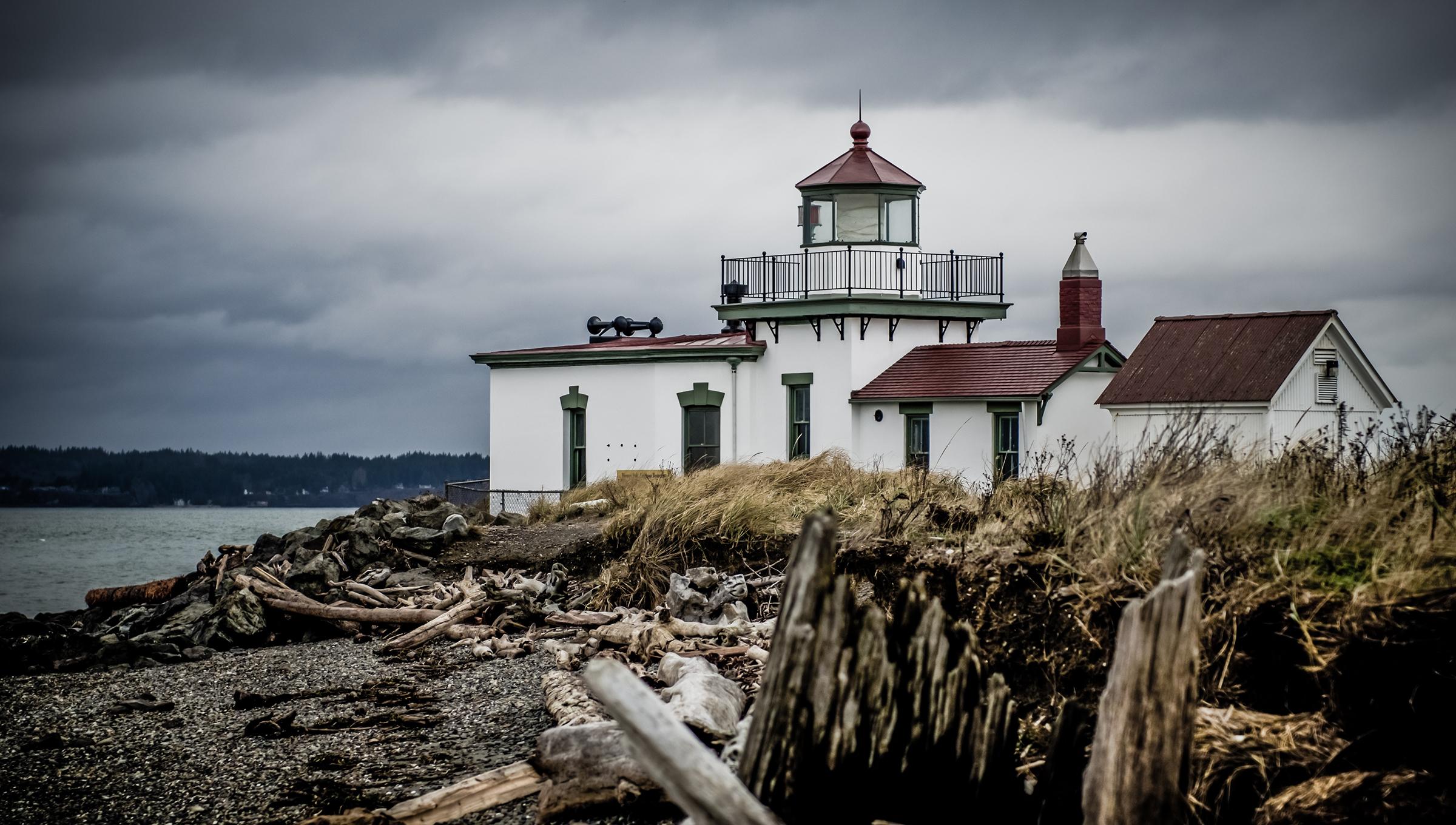While walking along a portion of the Bear Creek Trail south of Leary Way here in Redmond, I encountered a friend who used to live in the condo below mine. After we greeted each other, she motioned through the open gates of an adjacent fenced-in maintenance area.
 She wanted me to see a robin-sized bird with long legs, whose young were skittering about on the open gravel-covered surface. I was quite surprised and pleased to see them, and explained that this was a killdeer with its chicks.
She wanted me to see a robin-sized bird with long legs, whose young were skittering about on the open gravel-covered surface. I was quite surprised and pleased to see them, and explained that this was a killdeer with its chicks.
I mentioned that I had photoed a pair of killdeer at the nearby pond more than a month previously. We were now evidently looking at the resultant offspring
After my friend departed, I continued to observe the scene. A second adult killdeer flew up on the grass outside and scampered into the enclosure. Now both parents were on the scene to protect their young.
I set out to try to photograph the young. This was difficult, as they were small and quite nimble, plus they were far enough away to put my zoom camera to the test. I did manage to get at least one shot of a parent and two youngsters in the same frame.
 |
| Can you find her head? (click pic to enlarge) |
I watched for awhile, and considered my next move. I knew that killdeer will try to lead away anyone who approaches their young. They do this by pretending to be wounded and flapping about on the ground.
When this causes the person to pursue them, they immediately move further away and repeat the act. When they have successfully lured away their would-be predators, they fly off and eventually circle back to their young.
Knowing this, I decided to see if I could instigate this behavior by approaching, with my camera at the ready. Sure enough, one of the adults took me up on my tactic. It ran a short distance and proceeded to put on a spectacular act of appearing mortally wounded. I managed to get off a few shots as I approached, before it moved away again.
 After that, I concentrated on getting a good closeup of a chick, but without much luck. This fuzzy image was the best I could do.
After that, I concentrated on getting a good closeup of a chick, but without much luck. This fuzzy image was the best I could do.
Story and Photos by John Reinke
Redmond, WA

























